Japan buys more Vietnamese goods after disaster
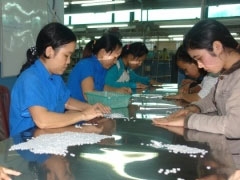 Le Thi Thanh Lam, deputy CEO of Saigon Food, said thanks to increasing demands from Japan after the disaster, Saigon Food’s exports to this market from April to July were 10 per cent higher than the same period last year.
Le Thi Thanh Lam, deputy CEO of Saigon Food, said thanks to increasing demands from Japan after the disaster, Saigon Food’s exports to this market from April to July were 10 per cent higher than the same period last year.
The Japanese market accounts for 70 per cent of Saigon Food’s exports, buying 350 tonnes of seafood and yielding a turnover of $1 million every year for the company, Lam said.
Nguyen Minh Viet, CEO of the Ho Chi Minh City-based software company Greensun Asoft, said his company had received a large number of orders from Japan since early June.
He predicted the company’s growth would rise by three to four times year on year.
Other commodities including textile and garments, wood products, power cables, equipments and machinery, rice and crude oil have also been exported to Japan in greater quantities.
Particularly, the export turnover of the textile and garment sector rose by 20 per cent thanks to the positive impacts of the Japan – ASEAN Free Trade Agreement and the Vietnam – Japan Economic Partnership Agreement.
Yet, even though exports to Japan have increased, many Vietnamese businesses said it was not easy to enter the world’s third largest economy.
Cao Tien Vi, chairman of Saigon Paper Corporation, said the Japanese were willing to negotiate prices but never quality.
He said Japanese importers would refuse to accept a whole batch if one unit had the smallest mistake and would scrutinise the next batch very carefully.
Many trade experts thus advised Vietnamese businesses to focus on product quality to win trust from Japanese partners.
According to the HCMC Investment and Trade Promotion Center, Vietnamese exporters have yet to fully understand the Japanese market, which is reflected in the modest presence of Vietnamese products at Tokyo supermarkets.
The center has thus promised to boost trade promotion and help the processed food and handicraft sectors to enter the Japanese market in the future.
What the stars mean:
★ Poor ★ ★ Promising ★★★ Good ★★★★ Very good ★★★★★ Exceptional
Latest News
More News
- EAAIF invests $20 million in CME Solar to power Vietnam’s manufacturing sector (January 09, 2025 | 11:15)
- Vietnam sees uptick in European business sentiment (January 08, 2025 | 13:53)
- FDI disbursement hits record $25.35 billion in 2024 (January 08, 2025 | 10:17)
- German enterprises can offer pragmatic approach (January 07, 2025 | 18:00)
- Semiconductors can be pillar for growth (January 07, 2025 | 15:17)
- Ho Chi Minh City needs $25.8 million of capital investment (January 07, 2025 | 10:40)
- Major progress being made on expressway developments (January 07, 2025 | 09:53)
- Vietnam reinforces free trade deal advantages (January 05, 2025 | 13:00)
- Korean groups look towards increased efficiency (January 05, 2025 | 10:00)
- German businesses commit to long-term partnerships in Vietnam (January 05, 2025 | 09:00)

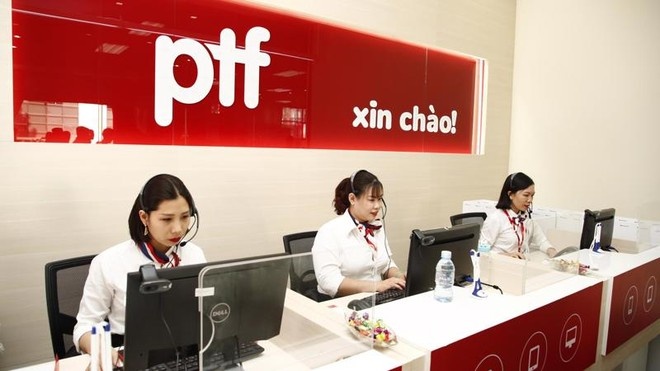





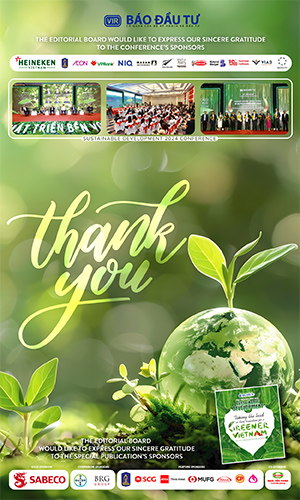


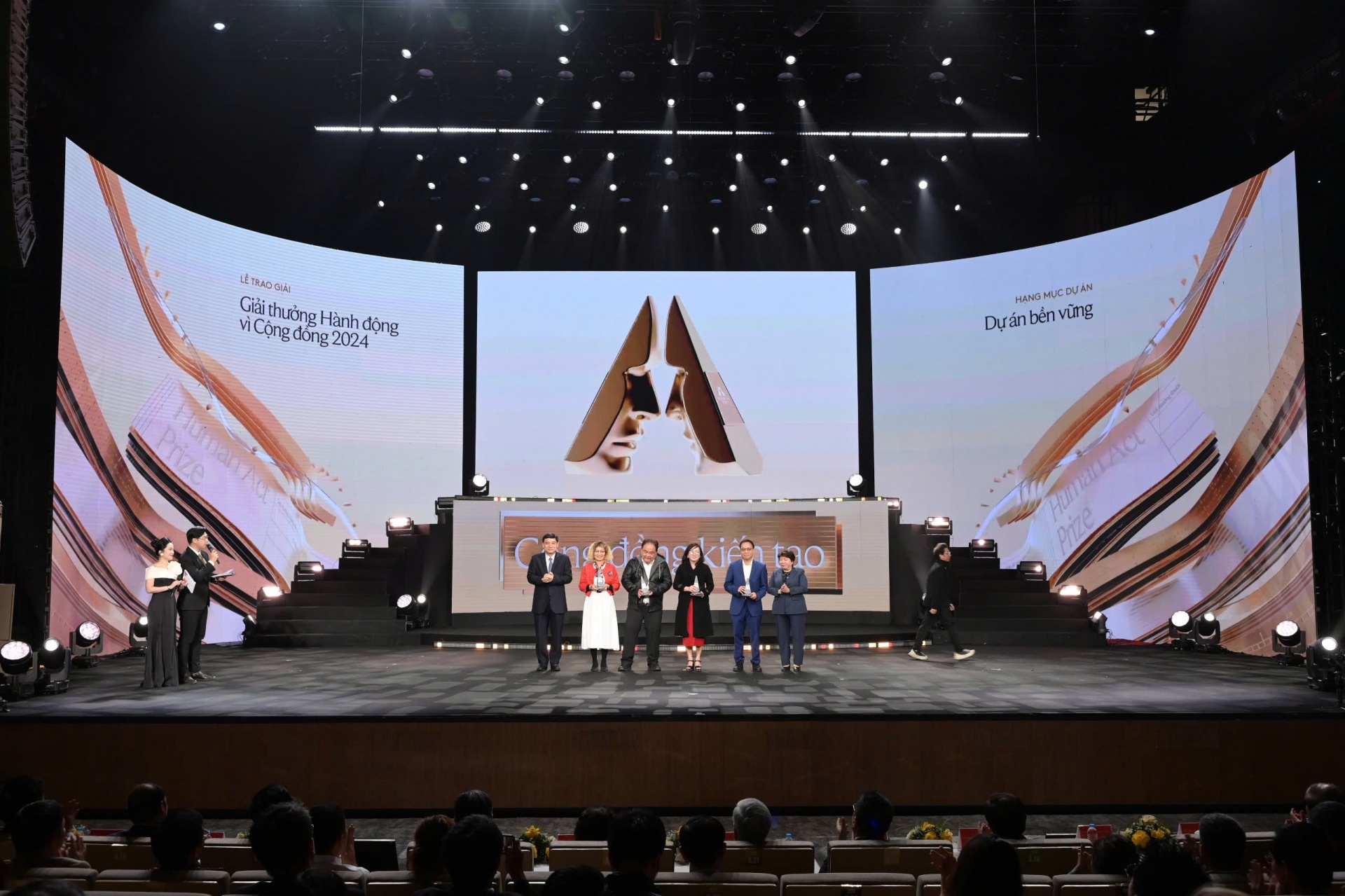
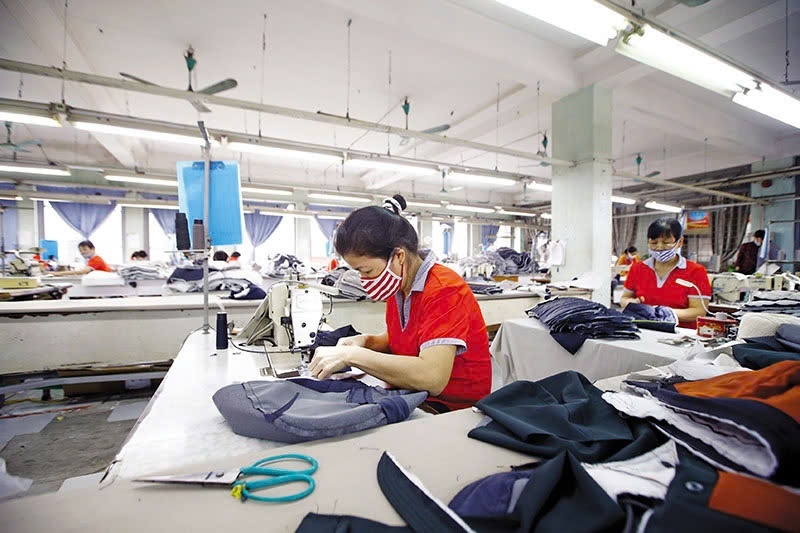


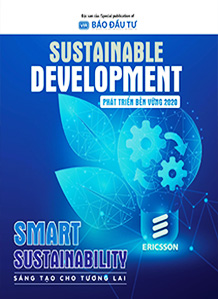
 Mobile Version
Mobile Version